Numerical Simulation of Explosion Hazard of Lithium Ion Battery Energy Storage Container
The continuous development of new energy technology and the wide application of energy storage system, lithium Ion battery energy storage the safety of containers has attracted much attention. Explosion is one of the potential dangers of lithium ion batteries, so numerical simulation to evaluate explosion hazards has become an important research direction. This paper will discuss how to carry out numerical simulation of explosion hazards of lithium ion battery energy storage containers to improve safety and reduce potential risks.
1. Selection of simulation methods and tools:
computational fluid dynamics (CFD) is usually used in the numerical simulation of explosion hazards of lithium ion battery energy storage containers. CFD method can simulate gas flow, heat conduction, chemical reaction and other processes, helping to analyze the heat, gas, pressure and other parameters released when the battery explodes. Commonly used CFD software include ANSYS Fluent, COMSOL Multiphysics, etc.
2. Simulation steps and parameter settings:
-
geometric Modeling: Firstly, it is necessary to model the geometric structure of lithium ion battery energy storage containers, including the arrangement of battery packs, container materials, etc.
-
Grid division: Mesh the model to ensure simulation accuracy and calculation efficiency.
-
Physical model settings: Set the fluid dynamics model, heat conduction model and chemical reaction model to consider the combustion characteristics and heat conduction of battery materials.
-
Boundary condition setting: Set boundary conditions to simulate environmental temperature, air pressure and other influencing factors.
-
SolutionDevice selection: Select a suitable solver for numerical simulation.
3. Analysis and evaluation of simulation results:
-
thermal analysis: Analyze the heat distribution released when the battery explodes, and evaluate the influence of heat radiation on the surrounding environment and structure.
-
Gas diffusion: Simulate the gas diffusion released by battery explosion and evaluate the influence of gas concentration distribution on personnel and equipment.
-
Pressure wave propagation: Simulate the propagation path and influence range of pressure wave generated during explosion, and evaluate the impact degree of pressure wave on the surrounding environment.
4. Hazard assessment and safety measures suggestions:
-
hazard assessment: Analyze the explosion hazard according to the simulation results, and evaluate the possible personnel injury, equipment damage and environmental pollution.
-
Security measures: According to the simulation results, safety measures and suggestions are put forward, including strengthening the structural design of energy storage containers, improving the battery management system, setting up safety protection devices, etc. to reduce the explosion risk.
 Dongguan Juneng New Energy Technology Co., Ltd.
Dongguan Juneng New Energy Technology Co., Ltd.
 137 5142 6524(Miss Gao)
137 5142 6524(Miss Gao)
 susiegao@power-ing.com
susiegao@power-ing.com
 Xinghuiyuan High tech Industrial Park, Dalang Town, Dongguan City, Guangdong Province
Xinghuiyuan High tech Industrial Park, Dalang Town, Dongguan City, Guangdong Province


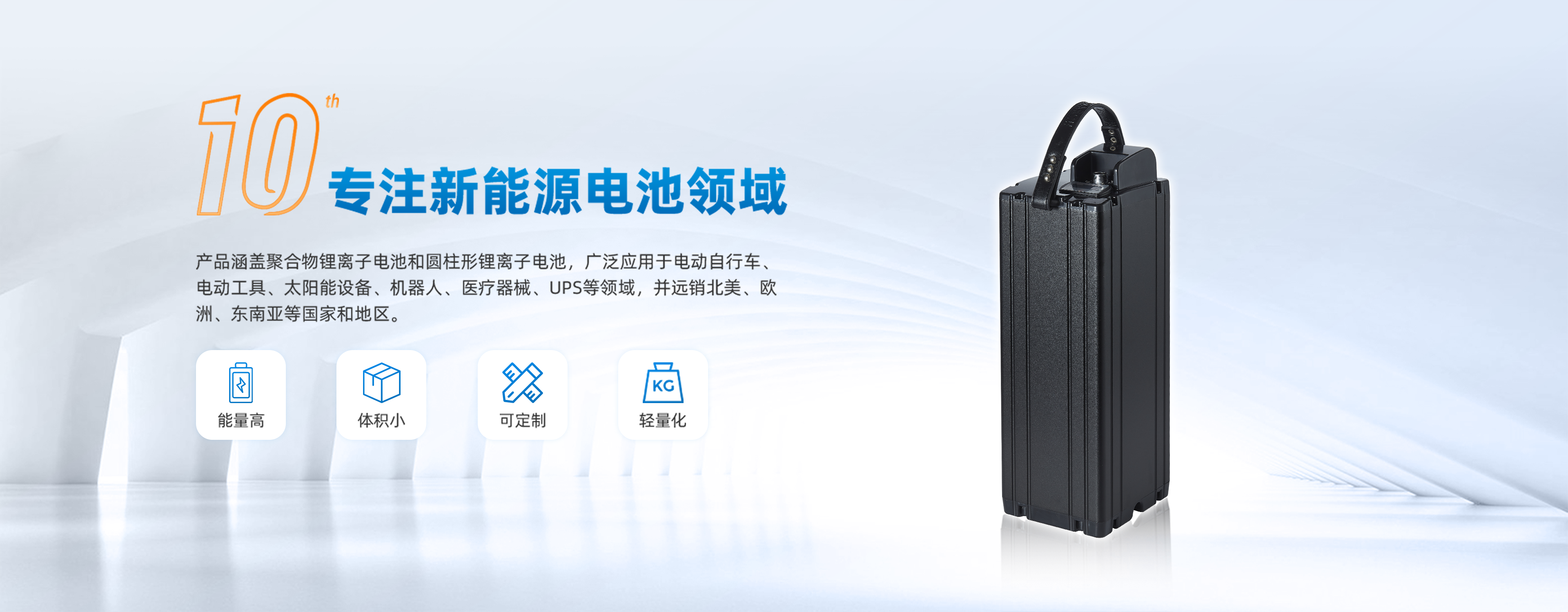
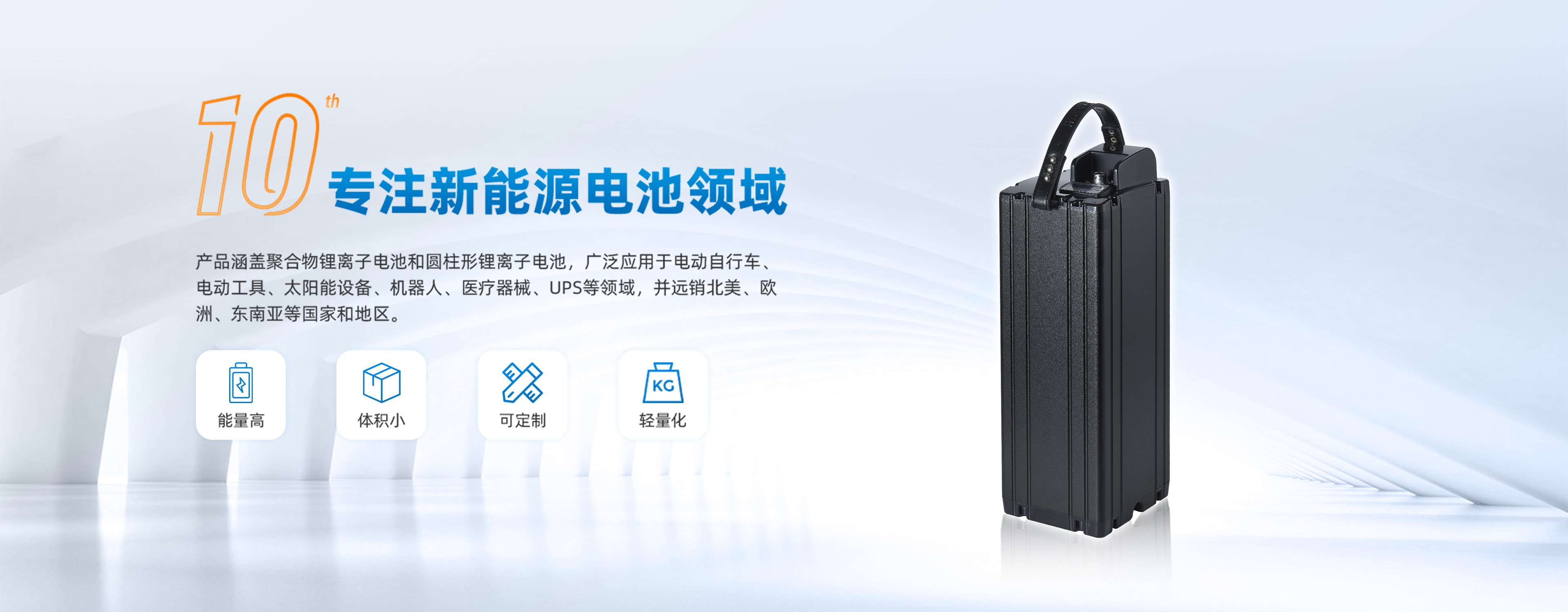
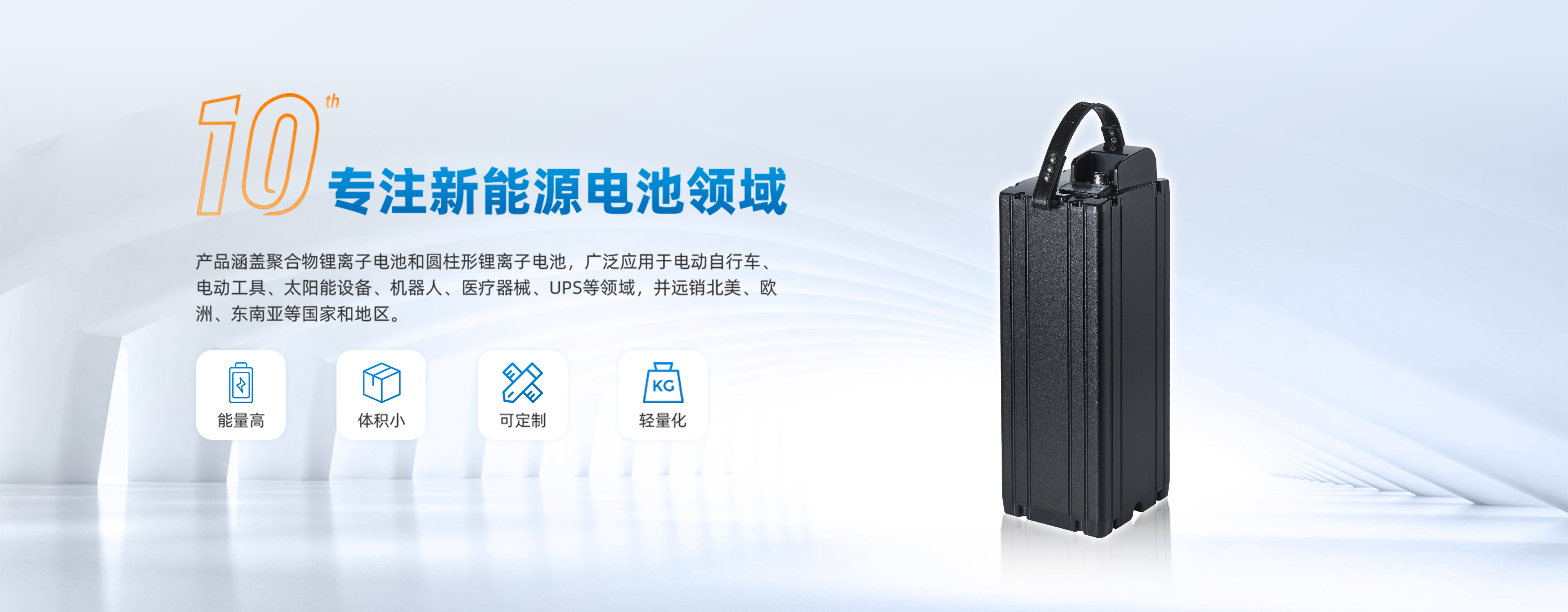



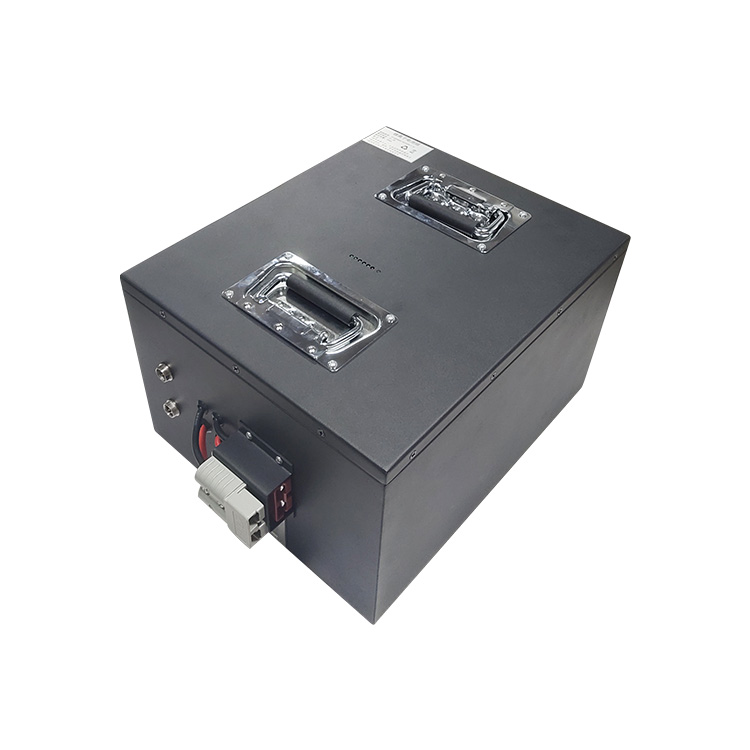


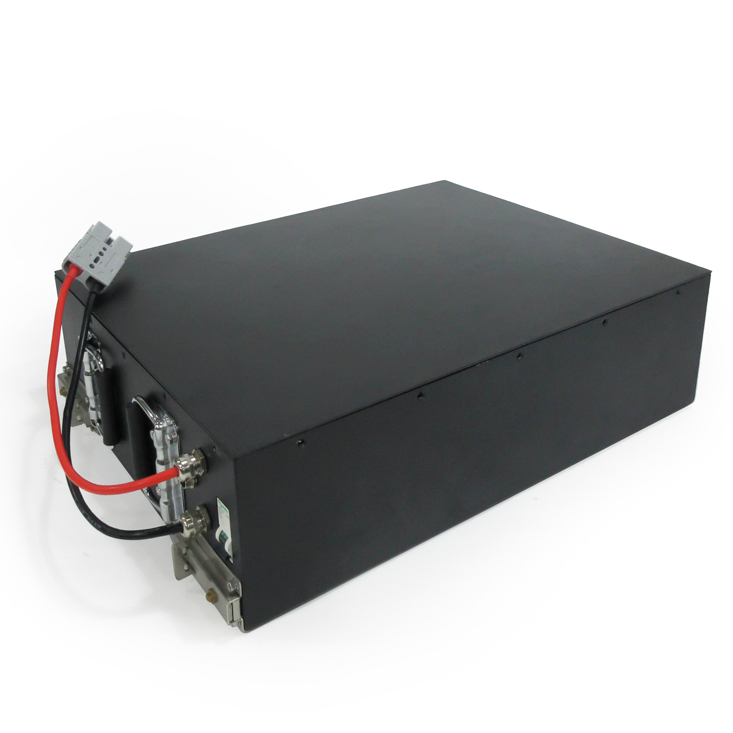

 Yue Gong Wang An Bei No. 4419002007491
Yue Gong Wang An Bei No. 4419002007491